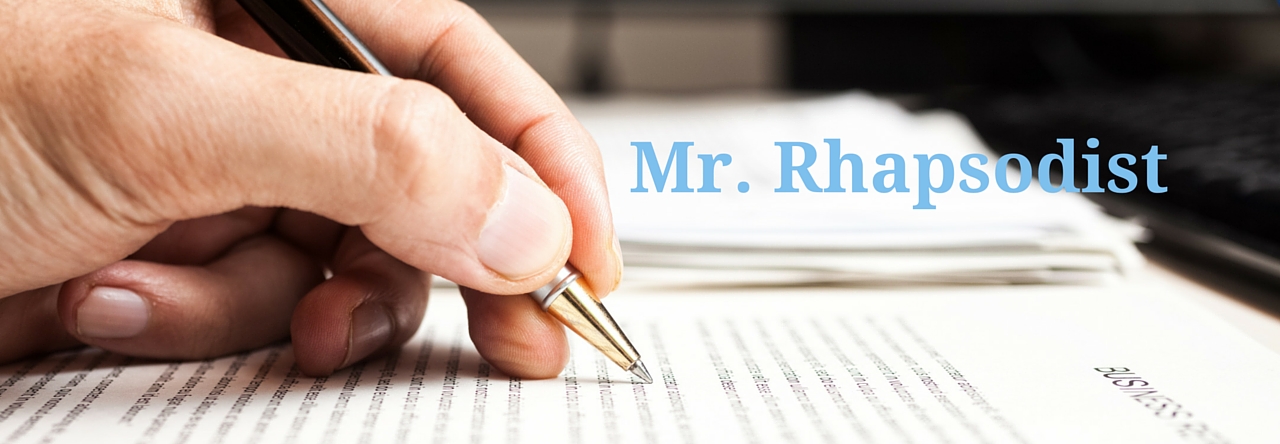
Welcome back for the final installment of my series of “Elements of Fiction.” For today’s write-up, I’m going to discuss an angle that I don’t think gets enough love or perspective from most writing mentors. Today, I’ll be talking about introspection, and what’s really going on inside a character’s head.
What is Introspection?
Introspection is when we look at our own thoughts and feelings. It’s something that we can do in real life easy enough. But how easy is it for us to get a glimpse into a character’s inner thoughts? How do we show a character’s emotions, instead of just having them say they’re sad or angry or whatever?
When it comes to writing literature, introspection is easy. In between your character’s action and dialogue, you’ll have whole paragraphs devoted to their internal reactions. Here’s a good example from that literary classic, The Great Gatsby:
“Meyer Wolfshiem? No, he’s a gambler.” Gatsby hesitated, then added coolly: “He’s the man who fixed the World’s Series back in 1919.”
“Fixed the World’s Series?” I repeated.
The idea staggered me. I remembered of course that the World’s Series had been fixed in 1919 but if I had thought of it at all I would have thought of it as a thing that merely happened, the end of some inevitable chain. It never occurred to me that one man could start to play with the faith of fifty million people—with the single-mindedness of a burglar blowing a safe.
Physically, what does Nick Carraway do in this scene? He’s talking to his new friend Gatsby, after just meeting Gatsby’s friend and mentor Wolfshiem. This is Nick’s first foray into Jay Gatsby’s world. After living a mostly sheltered life as an upstanding citizen, now Nick is rubbing shoulders with gamblers and gangsters, and seeing how someone like Gatsby makes his outrageous fortune overnight. It’s all what’s happening inside his head. It’s his introspection at work. He’s reexamining his beliefs about the event in 1919. From there, he’ll seek to change what he knows about his cousin Daisy, her past relationship with Gatsby, and what he can do to help that along.
A change in one’s beliefs is a big deal for any story. It’s what pushes the character into a new line of action, and as we discussed in the second part of this series, what a character does is always in line with their ultimate goal. Even when that goal is just “Get the hell out of Dodge because something is trying to kill me!”
Now, showing introspection in something outside of literature is a little trickier. It’s easy for literature writers, but what about screenwriters or playwrights?

Consider a scene like the end of The Bourne Identity. The big climax features Jason Bourne gunning his way out of a Paris apartment building—and doing the coolest shot ever while falling down a flight of stairs. But right before that, we see Jason confront his former boss Conklin. In that confrontation, when Conklin’s demanding answers, Jason finally gets his memory back of what happened on the night he was supposed to kill Wombosi for the CIA.
Visually, this means we cut in between present-day shots of Matt Damon looking upset and flashback shots of him holding a gun to Wombosi’s head… only to pull away when he sees the kids in the room. Conklin doesn’t see any of this, but the audience knows exactly what Jason’s going through. He’s remembering the moral dilemma he faced, and in the past, he made a decision. Now, that decision is haunting him, and we see it in Matt Damon’s pained expression and the movie’s frenzied editing between the apartment and the yacht. It also sets up the line where Jason looks his former boss in the eye and says, “I don’t want to do this anymore.”
Introspection is everything that a character doesn’t say or do onscreen or on the page of your story. It is, however, everything your character thinks and feels, and when we can appreciate that, we’re more likely to want to follow them and see how their story ends.
Thanks for reading. If you would like to see more content like this, you can read my posts on the elements of Setting, Action, and Dialogue.







